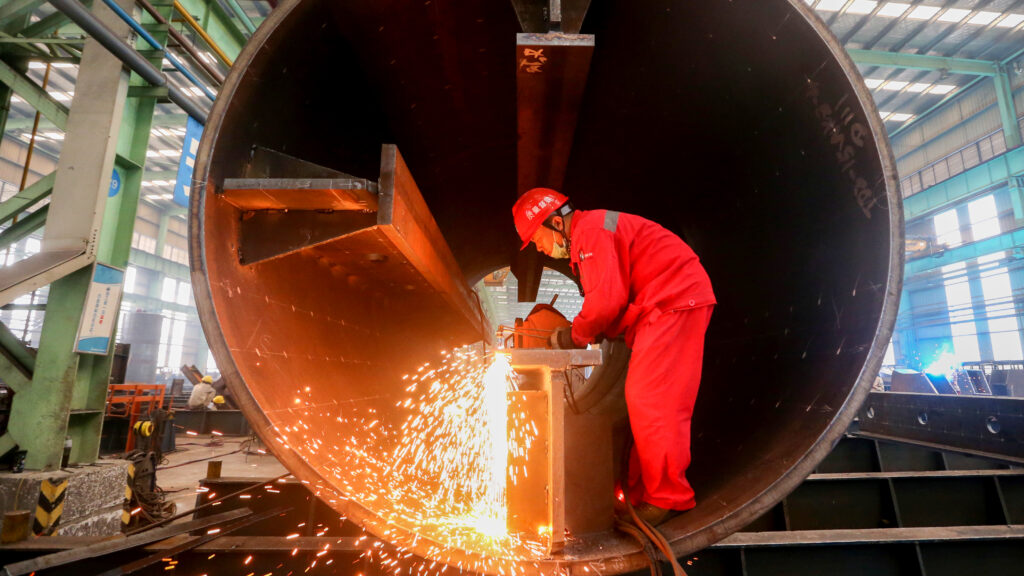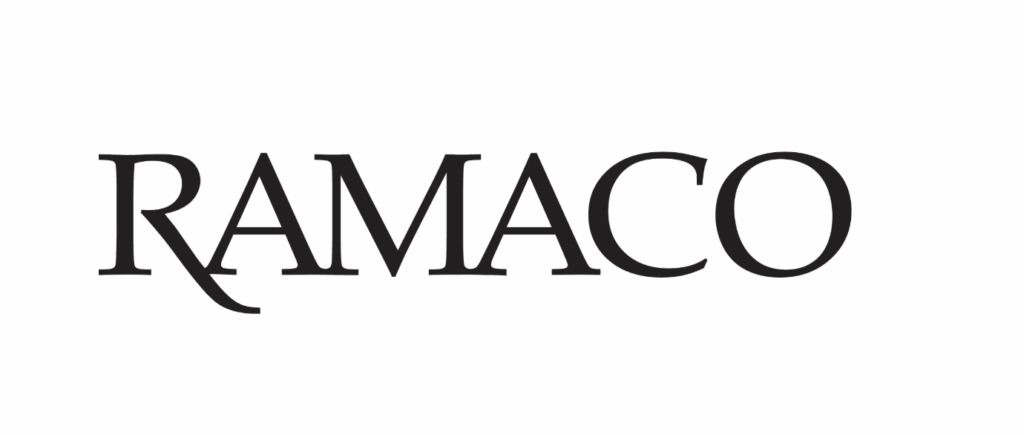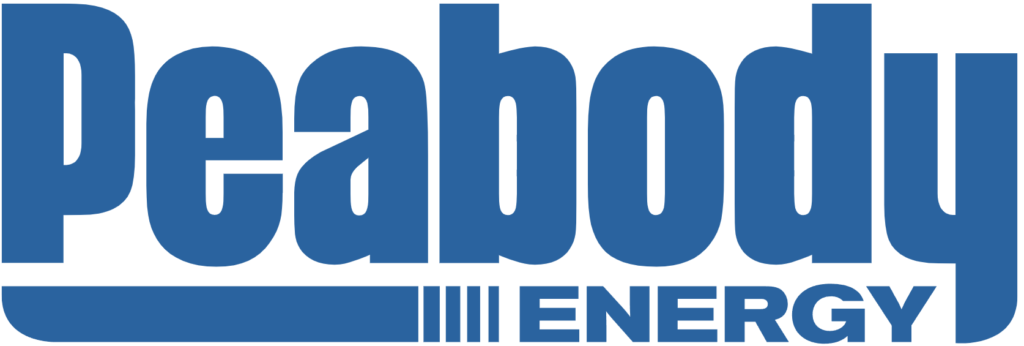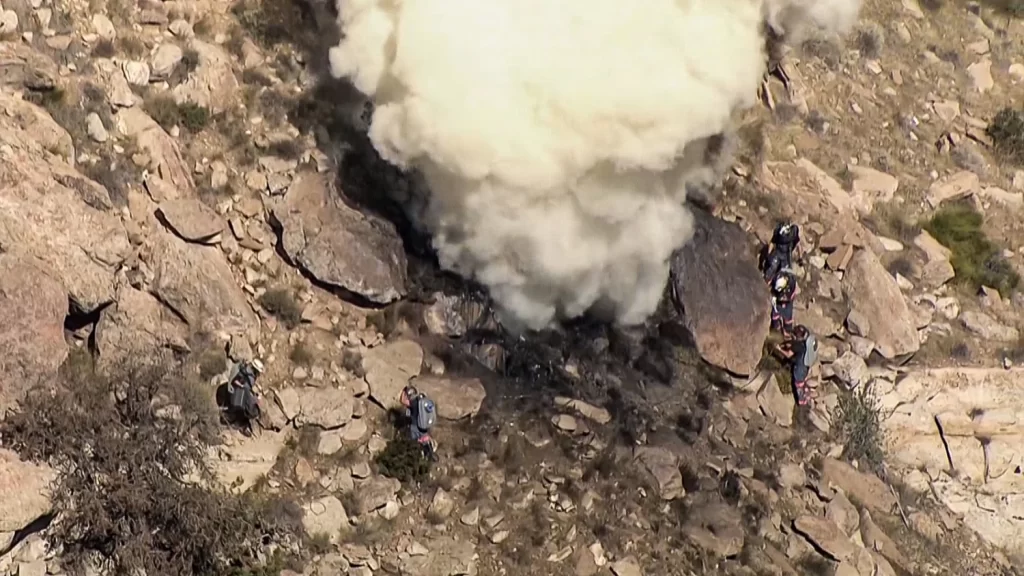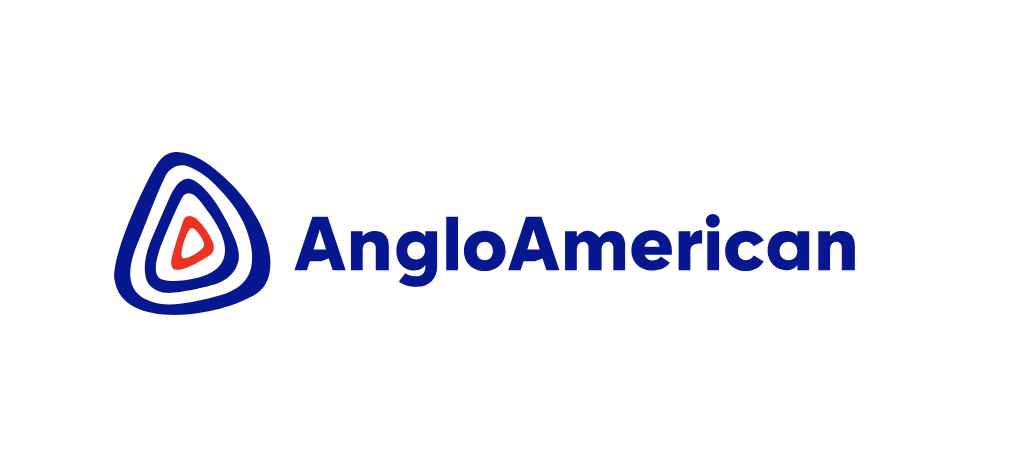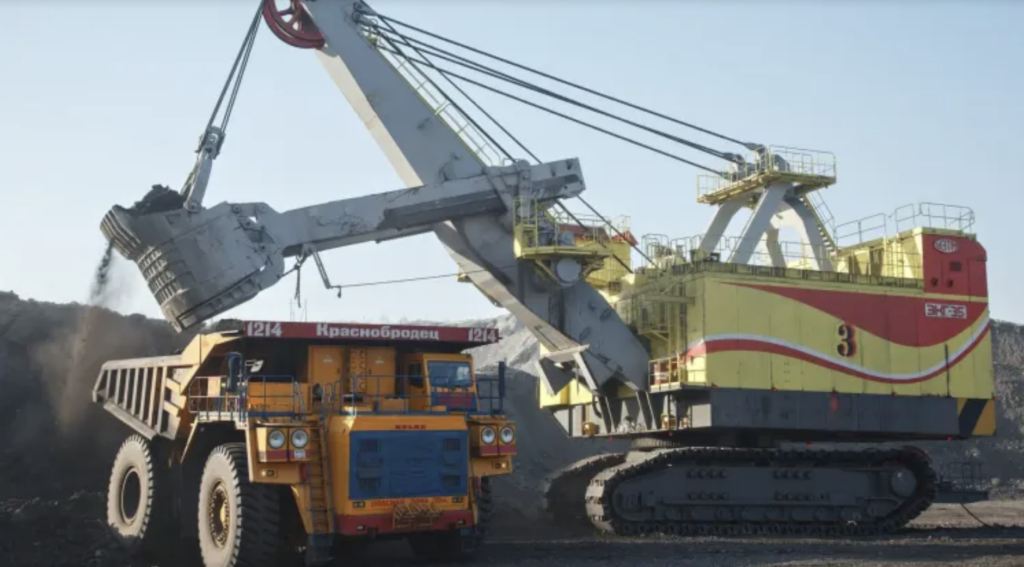On June 7, China’s National Development and Reform Commission (NDRC) and other relevant departments released an ambitious action plan targeting significant energy conservation and carbon reduction in the steel industry by 2030. The plan outlines specific goals to decrease energy consumption and enhance efficiency within major steel production processes.
Key objectives include reducing the energy consumed per tonne of steel produced via blast furnace and converter methods by over 1% by 2025 compared to 2023 levels. Additionally, the plan aims to cut energy usage per tonne of steel by more than 2% and increase the use of self-generated waste heat and pressure by at least 3% by the same year. Furthermore, between 2024 and 2025, the steel industry is expected to reduce its standard coal usage by approximately 20 million tonnes and its carbon dioxide emissions by around 5,300 tonnes.
By 2030, the initiative anticipates further improvements in the energy efficiency of major processes in the iron and steel sector. To support these goals, the NDRC will promote the use of short-process electric-arc furnace (EAF) steelmaking and the modernization of energy-intensive equipment.
Market analysts predict that while the plan’s effects may not be immediately apparent in 2024, it is set to significantly impact the demand for Chinese raw materials such as iron ore and coking coal over the longer term. Industry traders from Northern China, including Shanxi province, foresee a decrease in demand for these materials as production shifts from blast furnaces to EAFs, aligning with the NDRC’s guidelines. This transition is expected to gradually reduce the consumption of traditional steelmaking inputs, marking a shift towards more sustainable industrial practices in one of the world’s largest steel-producing nations.

